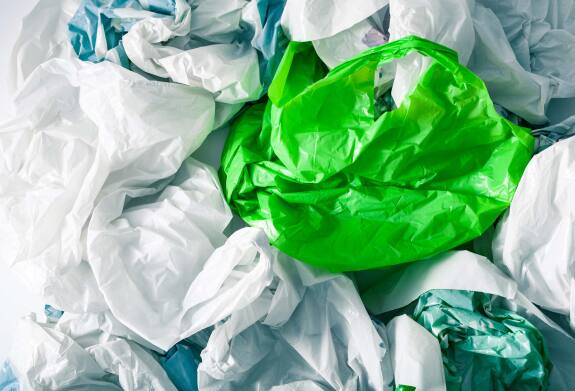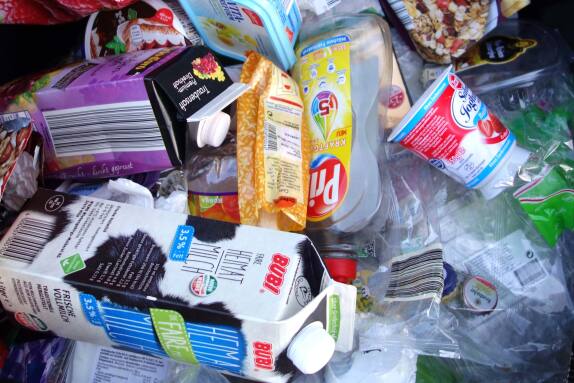Yellow bin
The bin for recyclable materials
The yellow bin is the newest product in our family of waste containers. In 2020, it replaced the unloved yellow sacks. Since then, it has been available in most households for the disposal of sales packaging. There is hardly any other waste container where there is as much uncertainty about its use as the yellow bin. In the following, we would like to clear up these misunderstandings.
Sales packaging made of metal, plastics and composites is collected in Bocholt via the yellow bin. Larger quantities, such as those that accumulate after parties, can be packed in transparent sacks and handed in at the recycling centre.




